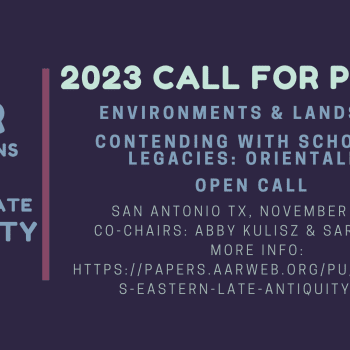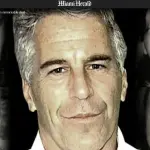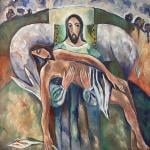Call for Chapter Proposals:
Arkham’s Souls: A multidisciplinary Analysis of Batman’s Villains and Villainesses
(Edited volume – De Gruyter Comicstudien)
Why Study the Villains of Gotham?
Batman needs no presentations. The World’s Greatest Detective, the Cape Crusader. He is the
vengeance, he is the night, he is BATMAN! The shadow of the Bat had reached every popular culture
corner – and even more. The academy – the so-called “high culture” – did not remain indifferent to
the charm of the Dark Knight: hundreds of monographs, articles, anthologies have been written on
The Batman. Professors, scholars and researchers have analysed his psychology (Batman and
Psychology, What’s the Matter with Batman), philosophy (Batman and Philosophy, Batman,
Superman and Philosophy), history (Batman Unmasked), and politics (Politics in Gotham). Even his
fans and cosplayer were researched and analysed (Batman: Fan Phenomena). But what about his
enemies?
Of course, it is not possible to talk about the Cape Crusader without mentioning his variegated
rogue gallery. Travis Langley in Batman and Psychology dedicates several “Case Files” to
the analysis of numerous Gotham’s villains. However, Gotham City’s colourful villains and
villainesses are often just a footnote in Batman’s mythos, which is investigated in
every aspect. The attention reserved for the villains is not only less, but it is also, in most
cases, bound to Gotham’s hero. From Catwoman to the Penguin, from Mr Freeze to Poison Ivy, Batman’s
foes have received sporadic attention – if they have ever been considered. Heroes are only as good
as their villains, and some argue that the latter drives the plots of superhero narratives (Coogan,
2006; David, 2009). A hero is also defined by his villains, and it is particularly true regarding
Batman. In many of his enemies, in fact, we find dark reflections of the personality of Batman
himself. The fight against the villains then becomes a fight against himself, against his shadows.
The fascination of the Dark Knight has led to films, television series, and thousands of pages
written about him. Much of this fascination, it can be argued, is due to his complex and intriguing
adversaries. Furthermore, it can be argued that scholarly analyses of Batman–while robust and
informative–are only part of the story of Gotham City. The role of his adversaries in the story-
-largely neglected to date–needs to be uncovered through similar analyses. The goal of this
project is to take important steps towards such an uncovering.
What we are looking for
With Arkham’s Souls: A multidisciplinary Analysis of Batman’s Villains, we want to give
the villains their merit, investigating their psychology, morality, motivations, symbolism, and
philosophy. As such, the aim is to examine the significance of Batman’s supervillains at the micro
(e.g., individual) and macro (e.g., societal, cultural) levels. Examples of questions consistent
with the theme of the project include, but are not limited to, the following:
Is the Joker really insane?
Does Poison Ivy’s environmental battle identify her today as an anti-heroine rather than a
villainess? How many riddles per minute can The Riddler ask? Did the Mad Hatter actually read Lewis
Carroll? Is Superman a friend or foe of Batman?
Can Harley Quinn be an example of women’s empowerment?
What kind of relationship bounds Batman’s villains and villainesses to their city? Do any of
Gotham’s villains serve as commentary on Gotham itself?
Do any villains reflect a “bug” of Gotham? A feature?
How might Gotham’s villains be understood by everyday Gotham citizens?
If Gotham changed for the better, would (could) its villains do the same? Do even the most
dangerous Batman’s enemies have the possibility of redemption?
We are looking for papers that specifically analyse one of Batman’s enemies. The approach you
choose can be of various types, philosophical or psychological, anthropological or literary. You
can focus on gender studies as well as cultural studies. It is essential that your proposal is
original and possibly not yet specifically considered by other studies on the genre.
The aim for the volume is to be a part of the Comicstudien series for De Gruyter. For this reason,
we ask our authors to consider especially (but not only) the comic version of the mentioned
characters. Final essays in German or English will be 3000-4000 words in length.
Please send a brief abstract in German or English of 400 words (together with a short bio) by
November 15th, 2021, to the editors, Justin Martin ([email protected]) and Marco
Favaro ([email protected]). For more information: LINK.





